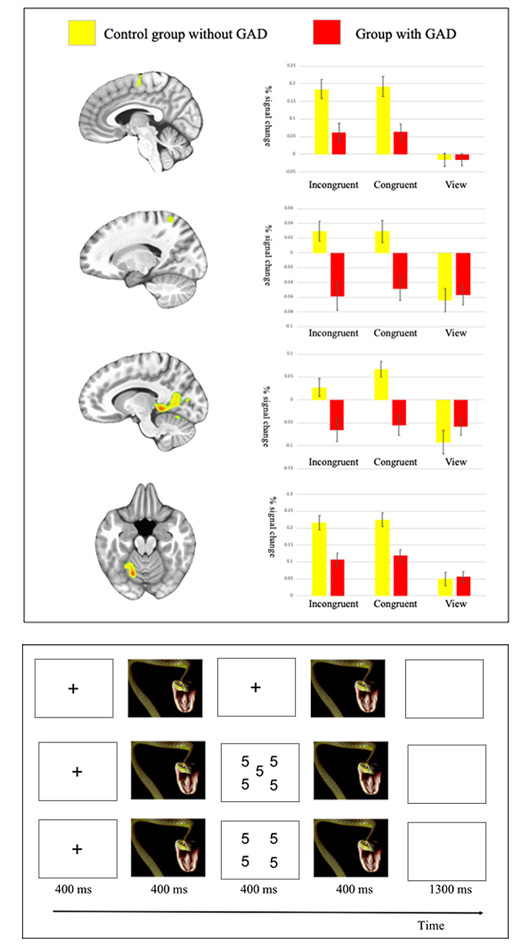Boys Town Researchers Find Generalized Anxiety Disorder in Adolescents Can Significantly Impair Quality of Life
Friday, July 2, 2021
 A quality life is where our goals and aspirations flourish. But a quality life is more challenging for adolescents to achieve if they have generalized anxiety disorder (GAD) and are plagued with constant worries about almost everything.
A quality life is where our goals and aspirations flourish. But a quality life is more challenging for adolescents to achieve if they have generalized anxiety disorder (GAD) and are plagued with constant worries about almost everything.
This suffering is especially poignant for researchers at Boys Town, where 30% of the adolescents in the Family Home Program arrive with some level of generalized anxiety disorder. Until recently, GAD in adolescents has seen very little neuroimaging research.
“A major problem we see in adolescents with GAD is the recruitment of the brain regions involved in response control and attention," explained Karina Blair, Ph.D., Director of the Program for Trauma and Anxiety in Children (PTAC) at Boys Town National Research Hospital. “Response control and attention are what allows us to concentrate on useful activities. That part of the brain (top-down attentional control) helps us reduce distraction and lets us focus on what is necessary and what we need to do to achieve our goals in life."
Researchers believe that the difficulties that adolescents with GAD have in engaging top-down brain functions cause them to be more prone to distractions, especially distractions that are worrying. It is also possible that consistent worry interferes with their ability to control responses and attention, so the worry-distraction, distraction-worry scenario may be a two-way path.
Investigations like this one may pave the way for future brain-level studies that index treatment response. By understanding the brain-level difficulties faced by adolescents with GAD, one can develop biomarkers of those difficulties so that we can be sure whether a treatment has helped or whether additional remedies need to be considered.
To read the full article,
click here.
